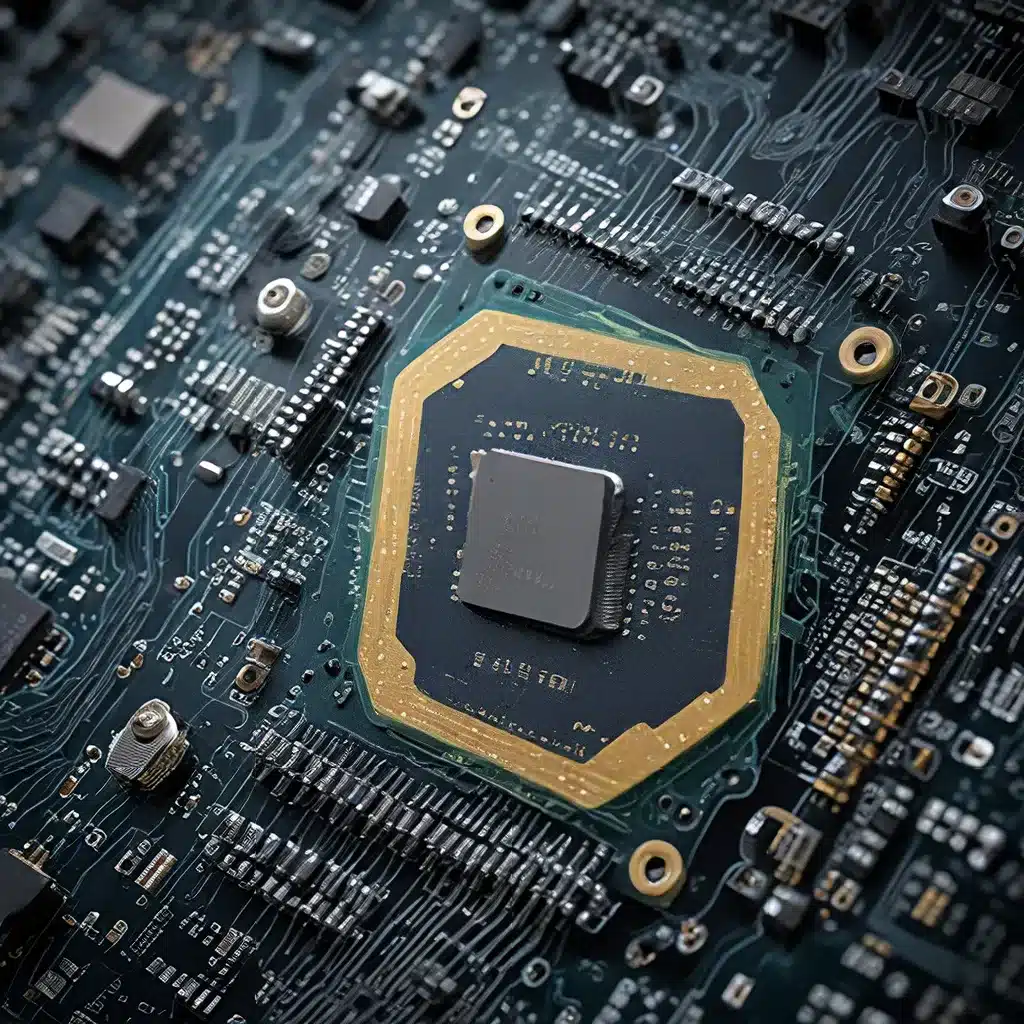
Revolutionizing Sensor Networks: Unlocking the Potential of Next-Gen Computing
The world of sensor networks and the Internet of Things (IoT) is rapidly evolving, driven by the relentless march of technological advancements. As the demand for real-time data and interconnected systems surges, the role of sensor design has become increasingly critical. Innovative sensor technologies, empowered by the latest breakthroughs in computing power, energy efficiency, and security, are poised to transform the way we interact with and understand our surrounding environment.
In this comprehensive article, we’ll delve into the cutting-edge developments shaping the sensor network landscape, exploring how these transformative technologies are empowering a wide range of IoT applications and revolutionizing the way we approach data collection, processing, and management.
Sensor Design Innovations: Pushing the Boundaries
Sensor design has come a long way in recent years, with researchers and engineers pushing the boundaries of what’s possible. From miniaturization and energy optimization to enhanced sensing capabilities and improved reliability, the innovations in this field are truly remarkable.
One of the most significant advancements has been the development of ultra-low-power sensor nodes, which can operate with minimal energy consumption. These nodes, powered by advanced microcontrollers and energy-harvesting techniques, are capable of long-term deployments in remote or resource-constrained environments, enabling a new era of pervasive sensing and monitoring.
Moreover, sensor fusion – the integration of multiple sensor modalities – has become a crucial aspect of sensor design. By combining data from diverse sensors, such as accelerometers, gyroscopes, temperature sensors, and cameras, these systems can provide richer, more comprehensive insights, unlocking a vast array of innovative applications.
IoT Applications: Transforming Industries and Everyday Life
The impact of sensor networks and IoT is far-reaching, spanning a wide range of industries and applications. From smart cities and intelligent transportation to precision agriculture and healthcare monitoring, these technologies are revolutionizing the way we live, work, and interact with our surroundings.
Smart Cities: In the realm of smart cities, sensor networks are enabling real-time monitoring and optimization of infrastructure, energy consumption, and public services. Intelligent traffic management systems, for instance, can leverage vehicle and pedestrian sensors to reduce congestion and improve urban mobility. Similarly, smart lighting and waste management solutions, powered by sensor networks, are enhancing sustainability and improving resource efficiency in urban environments.
Precision Agriculture: In the agricultural sector, sensor networks are revolutionizing precision farming practices. Soil moisture sensors, weather stations, and drone-mounted cameras can provide granular data on crop health, irrigation needs, and pest infestations. This data-driven approach enables farmers to optimize resource utilization, increase yields, and reduce environmental impact.
Healthcare Monitoring: The healthcare industry has also embraced the power of sensor networks and IoT. Wearable devices and implantable sensors can continuously monitor a patient’s vital signs, activity levels, and medication adherence, enabling early detection of health issues and personalized treatment plans. These connected health solutions are improving patient outcomes and reducing the burden on healthcare systems.
Securing the IoT: Addressing the Challenges
As the adoption of sensor networks and IoT continues to grow, the security and privacy of these systems have become increasingly crucial. Cyber attacks, data breaches, and unauthorized access can have severe consequences, compromising sensitive information, disrupting critical infrastructure, and endangering human lives.
To address these challenges, researchers and policymakers are working collaboratively to develop robust security frameworks and privacy-preserving protocols for IoT devices and sensor networks. These efforts include end-to-end encryption, secure firmware updates, device authentication, and comprehensive risk management strategies.
Moreover, the integration of advanced security solutions, such as blockchain technology, machine learning, and edge computing, is enhancing the resilience and trustworthiness of these systems. By decentralizing data processing and leveraging distributed ledger technology, these approaches can mitigate the risks of centralized control and improve the overall security posture of sensor networks and IoT applications.
Energy Management: Powering the Future of Sensor Networks
Energy management is a critical consideration in the design and deployment of sensor networks. The energy consumption of these systems can have a significant impact on their scalability, longevity, and environmental sustainability.
Fortunately, the advancements in energy-efficient hardware and power-optimization techniques are enabling the development of highly energy-aware sensor networks. Low-power microcontrollers, energy-harvesting technologies, and dynamic power management strategies are empowering sensor nodes to operate for extended periods with minimal maintenance and reduced environmental impact.
Additionally, the integration of renewable energy sources, such as solar panels and piezoelectric generators, is further enhancing the sustainability of sensor network deployments, particularly in remote or off-grid locations. These energy-efficient and self-sustaining sensor systems are paving the way for widespread adoption and long-term viability of IoT applications.
Conclusion: Towards a Sensor-Driven Future
The advancements in sensor design, computing power, and energy management are ushering in a new era of sensor networks and IoT applications. Innovative sensor technologies, empowered by cutting-edge computing breakthroughs, are poised to transform industries, enhance our daily lives, and unlock unprecedented opportunities for data-driven decision-making and sustainable development.
As we continue to push the boundaries of what’s possible, the future of sensor networks and IoT holds immense promise. By addressing the security challenges, optimizing energy consumption, and leveraging the power of data analytics, we can harness the full potential of these transformative technologies to build a more connected, efficient, and resilient world.